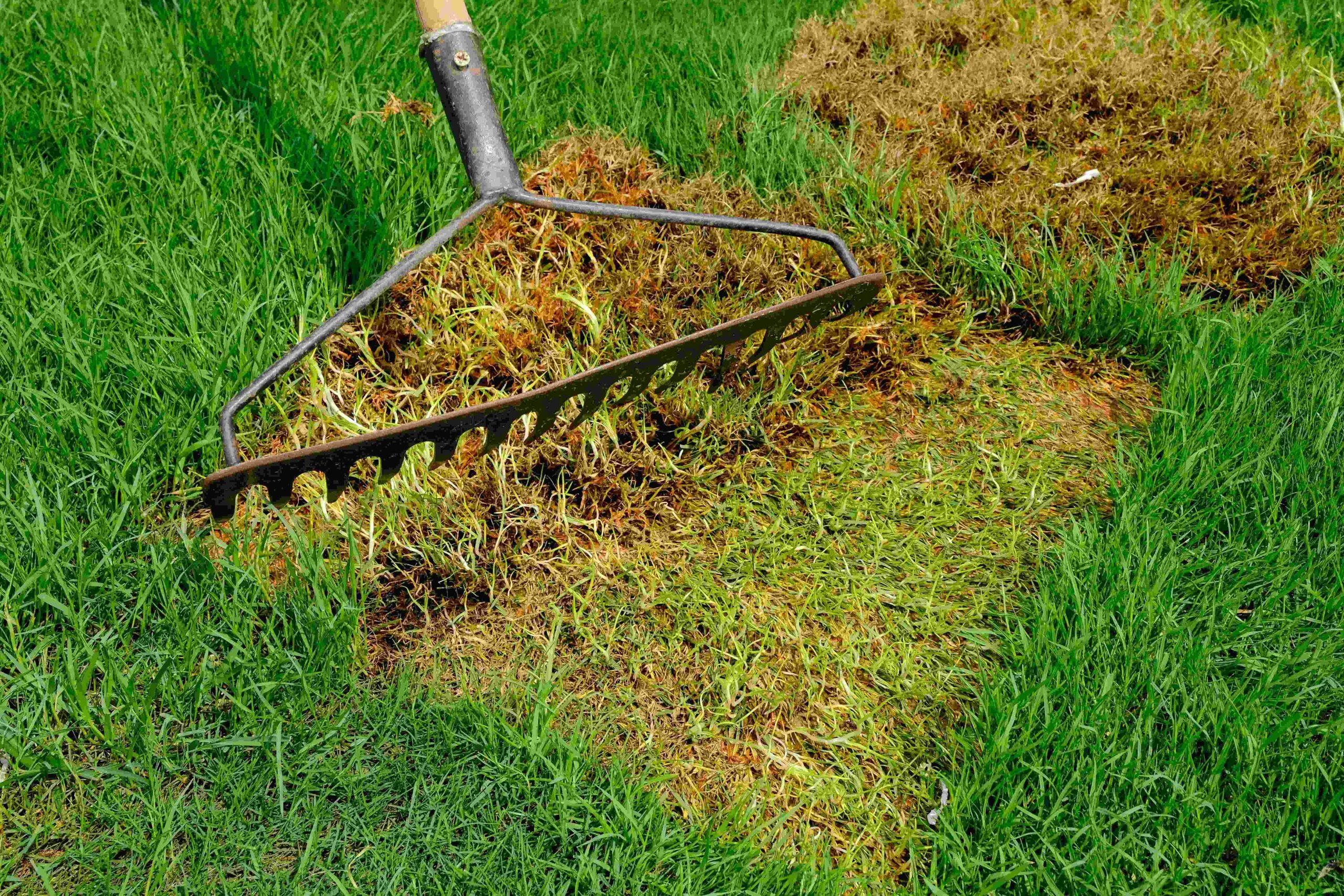
Every homeowner wants a thick, even, green lawn—but bare patches can ruin the look and health of your yard. Whether caused by heavy traffic, drought, pests, or disease, these dead areas won’t repair themselves.
Fortunately, with the right care and timing, you can restore patchy spots to full, healthy growth. Here’s how to fix bare patches in your lawn and prevent them from coming back.
1. Identify the Cause First
Before repairing, figure out why the patch appeared. Common causes include:
- Foot traffic that compacts soil and damages roots
- Drought stress or inconsistent watering
- Pest damage (grubs, chinch bugs, or armyworms)
- Fungal disease or excessive shade
- Pet urine or chemical burn from fertilizers
The fix:
Have a lawn care professional inspect your yard. Companies like Anointed Lawn Care can identify whether insects, compaction, or nutrient imbalances are to blame before reseeding.
2. Remove Dead Grass and Debris
Clear out dead grass, leaves, and thatch around the bare spot. This gives new seed direct contact with the soil, ensuring better germination.
Use a rake to gently loosen the top layer of soil—it helps roots penetrate deeper and establishes stronger new growth.
3. Loosen and Prepare the Soil
Compacted soil prevents new grass from taking root. Use a garden fork or aerator to break up the top 2–3 inches of soil in the bare area.
For larger patches, professional core aeration ensures air, water, and nutrients reach the roots, helping your repair blend seamlessly into the existing lawn.
4. Apply Topsoil or Compost
Level the area with a thin layer of nutrient-rich topsoil or compost. This improves texture, drainage, and fertility—perfect conditions for seed germination.
Avoid piling soil too high; it should be even with the surrounding turf.
5. Choose the Right Grass Seed
Match your repair seed to your existing grass type and region. For Texas lawns, warm-season grasses like Bermuda, Zoysia, or St. Augustine perform best.
Use high-quality seed blends for even coverage and resistance to drought and disease.
Pro tip: Anointed Lawn Care can recommend the best seed type based on your soil, sunlight, and existing grass.
6. Seed and Fertilize Properly
Spread the seed evenly across the bare spot, lightly rake it in, and cover it with a thin layer of soil or straw mulch to retain moisture.
Follow up with a starter fertilizer rich in phosphorus to promote root development and quick establishment.
7. Water Correctly
Newly seeded areas need consistent moisture to germinate. Water lightly once or twice a day for the first two weeks—just enough to keep the topsoil damp, not soaked.
After seedlings sprout, reduce frequency but water more deeply to encourage stronger roots.
8. Avoid Heavy Foot Traffic
Keep people and pets off the newly seeded area for at least 3–4 weeks. Early foot traffic can compact soil and crush young shoots.
Consider using stakes or temporary fencing to protect your new grass until it’s established.
9. Mow at the Right Time
Wait until the new grass reaches about 3 inches tall before mowing. Use sharp mower blades and avoid cutting more than one-third of the grass height at once.
This reduces stress and helps the new growth thicken over time.
10. Prevent Future Bare Spots
Once your lawn is repaired, maintain it with regular fertilization, weed control, and pest management.
Anointed Lawn Care’s seasonal programs prevent the most common causes of bare patches—ensuring your grass stays thick, even, and healthy all year long.

Bare patches don’t have to ruin your curb appeal. With the right prep, seed, and maintenance plan, you can restore your lawn to a full, lush carpet of green.
Ready to repair and rejuvenate your lawn? Contact Anointed Lawn Care today for professional overseeding, aeration, and lawn restoration services!









